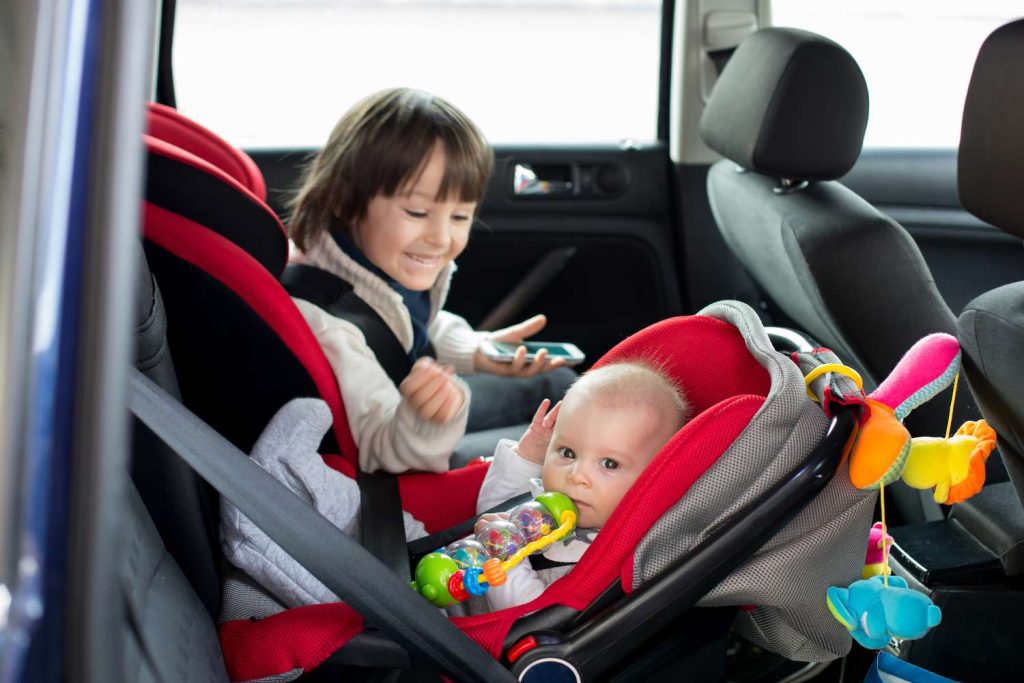Appropriate Car Seats:
Selecting and using the right car seat for your child’s age, weight, and height is crucial. There are various types of car seats designed to accommodate children at different stages of development:
Rear-Facing Seats: These are suitable for infants and young toddlers. They provide crucial neck and spine support in the event of a collision, dispersing the impact forces across the back of the seat.
Forward-Facing Seats: Designed for older toddlers and young children, these seats have a harness system that secures the child.
Booster Seats: These are meant for older children who have outgrown their forward-facing seats. Boosters elevate the child so that the vehicle’s seat belt fits properly.

Correct Installation:
Proper installation of car seats is essential to their effectiveness. Many parents struggle with this step, but it’s crucial to follow the manufacturer’s instructions and consult your vehicle’s manual for guidance. Car seats should be securely anchored using either the LATCH system or the vehicle’s seat belt, depending on the seat’s specifications.
Seat Placement:
The back seat is the safest place for children to ride, especially those under the age of 13. Airbags in the front seat can pose a significant risk to young children due to their forceful deployment.
Seat Belt Use:
As children grow and transition out of car seats, it’s important for them to use seat belts correctly. The lap belt should lie across the upper thighs, not the stomach, and the shoulder belt should rest across the chest, not the neck or face

Eliminate Distractions:
Distractions while driving can be dangerous for everyone, but they are especially risky when children are present. Ensure that your focus remains on the road to prevent accidents.
Supervision:
Never leave a child unattended in a car, even for a short period. Vehicles can heat up quickly, leading to heatstroke, which can be fatal.
Teach Good Behavior:
Teach your children the importance of remaining seated and properly restrained while the car is in motion. This helps minimize distractions for the driver and ensures their safety.

Emergency Preparedness:
In case of an accident, it’s important to be prepared. Make sure you have a first aid kit in your vehicle and know how to administer basic first aid.
Regular Maintenance:
Ensure that your vehicle is well-maintained, with functioning airbags, seat belts, and other safety features. Regular maintenance can contribute to a safer driving experience.
Leading by Example:
Children learn by observing their parents and caregivers. Buckling up before starting the car sets a positive example and instills good habits from an early age.


